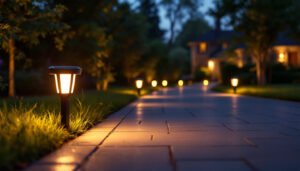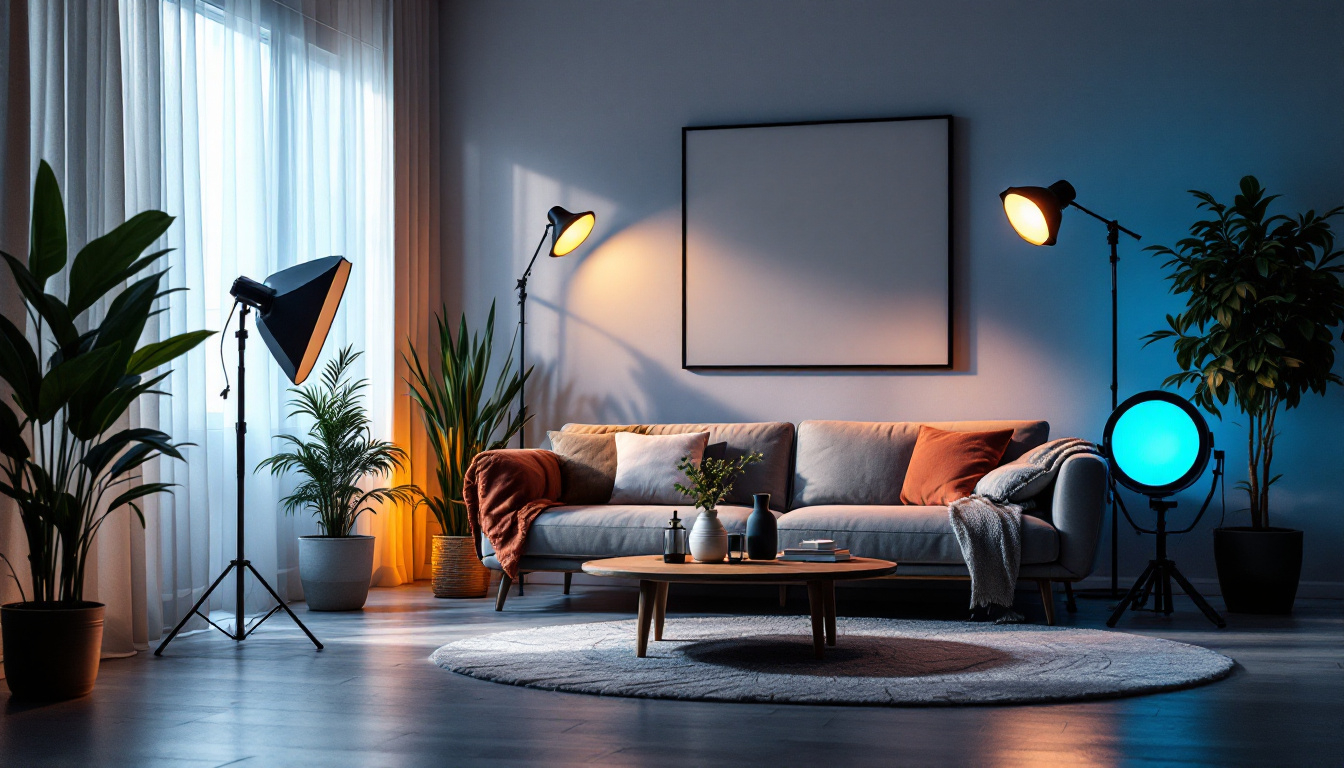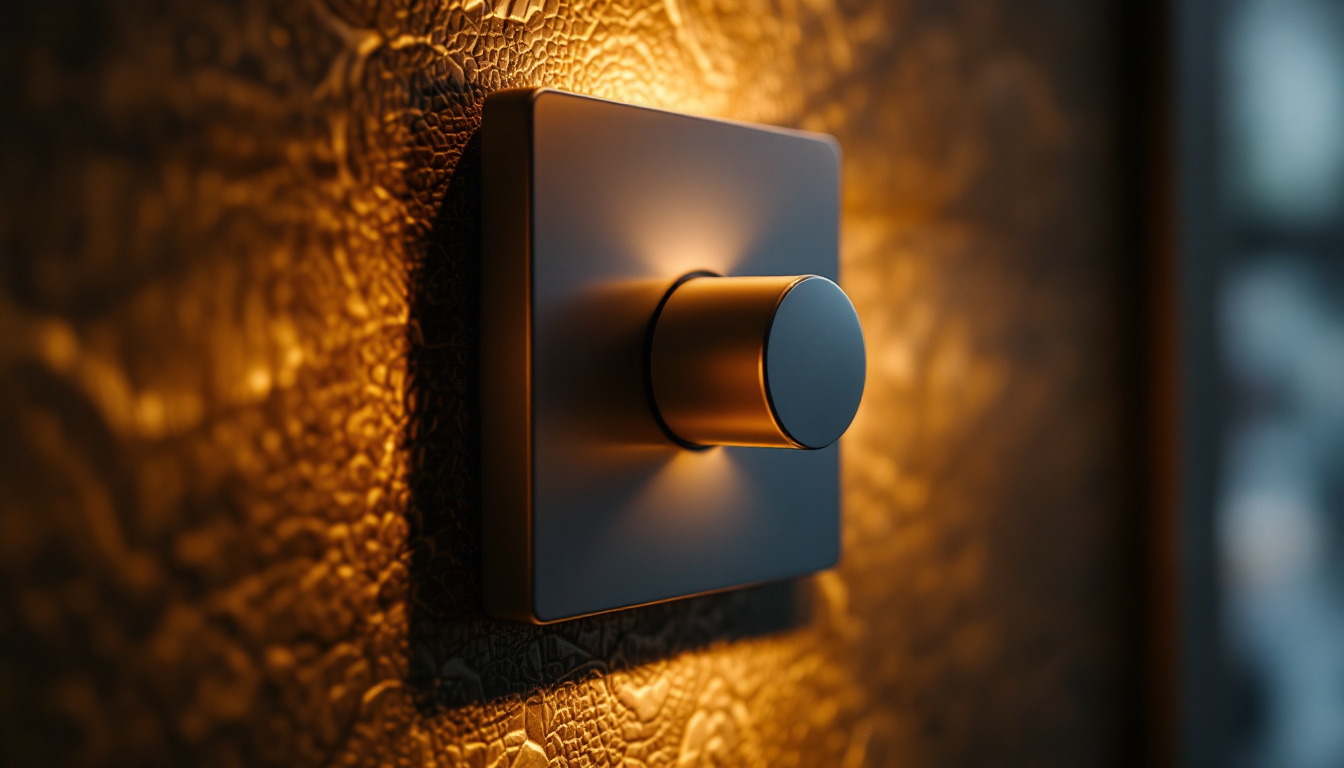

In the evolving world of lighting technology, LED light kits have emerged as a versatile and efficient solution for various applications. For lighting contractors, understanding how to effectively utilize these kits can lead to enhanced project outcomes and satisfied clients. This article delves into the benefits, applications, and installation techniques associated with LED light kits, providing valuable insights for professionals in the lighting industry.
LED light kits are comprehensive packages that include all necessary components for a lighting installation. These kits typically consist of LED bulbs, fixtures, drivers, and sometimes even smart controls. The integration of these components allows for a seamless installation process, which can save time and reduce labor costs. Additionally, the convenience of having all components in one package simplifies the purchasing process, making it easier for both DIY enthusiasts and professional electricians to select the right products for their projects.
Each LED light kit is designed to provide a complete lighting solution. The main components generally include:
LED light kits offer several advantages that can significantly enhance lighting solutions:
Moreover, the adaptability of LED light kits makes them suitable for a wide range of applications, from residential to commercial spaces. For instance, in homes, they can be used to create cozy atmospheres in living rooms or bright, functional lighting in kitchens. In commercial environments, they can enhance product displays in retail stores or provide efficient lighting in office spaces, improving employee productivity. With the rapid advancement in LED technology, many kits now also offer tunable white options, allowing users to adjust the color temperature throughout the day to mimic natural light, which can further enhance well-being and productivity.
As the demand for energy-efficient lighting solutions continues to grow, LED light kits are becoming increasingly popular among consumers and professionals alike. The combination of cost savings, environmental benefits, and versatile design options makes these kits an attractive choice for anyone looking to upgrade their lighting systems. With the added bonus of smart technology integration, users can enjoy a modern lighting experience that not only meets their aesthetic preferences but also aligns with their sustainability goals.
LED light kits are versatile and can be used in a variety of settings. Understanding the specific applications can help contractors recommend the right solutions for their clients.
In residential settings, LED light kits can transform spaces with their ability to provide both ambient and task lighting. Whether it’s for kitchens, living rooms, or outdoor areas, these kits offer a range of options to suit different styles and needs.
For instance, under-cabinet lighting in kitchens can enhance visibility while also adding a modern touch. Similarly, recessed lighting can create a warm and inviting atmosphere in living rooms, making them perfect for relaxation and entertainment. Additionally, LED strip lights can be used to accentuate architectural features or artwork, providing a customizable way to express personal style. Homeowners can also take advantage of smart LED systems that allow for color changes and dimming, enabling them to set the perfect mood for any occasion.
In commercial environments, LED light kits can significantly improve the quality of lighting while reducing operational costs. Offices, retail spaces, and warehouses can all benefit from the bright, efficient lighting provided by LED technology.
In offices, for example, the use of LED panel lights can create a well-lit environment conducive to productivity. In retail, strategically placed LED spotlights can highlight products and create an inviting shopping experience. Furthermore, the longevity of LED lights means less frequent replacements, which is particularly advantageous for businesses looking to minimize maintenance costs. Additionally, many commercial LED systems come with advanced features like motion sensors and daylight harvesting, which can further enhance energy efficiency and reduce waste.
Outdoor applications for LED light kits are also expanding. From landscape lighting to security lights, these kits can enhance safety and aesthetics in outdoor spaces. LED floodlights can illuminate large areas, making them ideal for parking lots and building exteriors.
Moreover, decorative outdoor lighting, such as string lights or pathway lights, can create an inviting atmosphere for residential patios and gardens, enhancing the outdoor experience. Beyond aesthetics, solar-powered LED lights are gaining popularity for their eco-friendliness and ease of installation, allowing homeowners to illuminate their yards without the need for extensive wiring. Additionally, smart outdoor lighting systems can be programmed to respond to environmental changes, such as turning on at dusk or adjusting brightness based on the presence of people, making outdoor areas safer and more functional while conserving energy.
Proper installation is crucial to ensure that LED light kits function as intended. Here are some key techniques and considerations for contractors.
Before installation, careful planning of the layout is essential. Contractors should consider the specific needs of the space, including the purpose of the lighting, the desired ambiance, and any architectural features that may influence the placement of fixtures.
Creating a lighting plan can help visualize how different fixtures will work together. This step is especially important in larger spaces where multiple light sources may be needed to achieve uniform illumination.
When installing LED light kits, it is vital to adhere to local electrical codes and regulations. Ensuring that the wiring is compatible with the LED drivers is essential for optimal performance.
Contractors should also consider the use of dimmers and smart controls, which can enhance the functionality of the lighting system. Properly integrating these components during installation can lead to a more user-friendly experience for clients.
After installation, thorough testing of the lighting system is necessary. This includes checking for any flickering, ensuring that all fixtures are functioning correctly, and verifying that the lighting meets the desired specifications.
Quality assurance is not just about performance; it also involves ensuring that the installation is aesthetically pleasing. Adjustments may be needed to achieve the perfect look and feel.
The LED lighting industry is constantly evolving, with new technologies and trends emerging regularly. Staying informed about these developments can help contractors provide cutting-edge solutions to their clients.
One of the most significant trends in LED lighting is the integration of smart technology. Smart LED light kits allow users to control their lighting remotely via smartphone apps or voice commands. This level of control not only enhances convenience but also allows for energy savings through automated scheduling and dimming features.
Furthermore, smart lighting can be integrated with home automation systems, providing a seamless experience for users. This trend is particularly appealing to tech-savvy clients looking for modern solutions.
Human-centric lighting focuses on the impact of light on human health and well-being. This approach considers factors such as color temperature and intensity, which can influence mood and productivity.
LED light kits designed with human-centric principles can adjust their color temperature throughout the day, mimicking natural sunlight. This trend is gaining traction in both residential and commercial spaces, as more people recognize the importance of lighting on overall well-being.
As sustainability becomes a priority for many clients, energy-efficient lighting solutions are in high demand. LED light kits are inherently energy-efficient, but advancements in technology are making them even more so.
For example, the development of tunable white LEDs allows for adjustable color temperatures, which can further enhance energy savings. Contractors who stay ahead of these trends can offer clients solutions that align with their sustainability goals.
LED light kits represent a significant advancement in lighting technology, offering numerous benefits for both contractors and clients. By understanding the components, applications, and installation techniques associated with these kits, lighting professionals can leverage this technology to create effective and efficient lighting solutions.
As trends continue to evolve, staying informed about the latest developments in LED lighting will be essential for contractors aiming to provide innovative solutions. Embracing smart technology, human-centric design, and energy efficiency will not only enhance project outcomes but also contribute to a more sustainable future.
In a competitive market, the ability to offer comprehensive LED lighting solutions can set contractors apart, ensuring they meet the diverse needs of their clients while delivering exceptional results.
Ready to elevate your lighting solutions with the efficiency and innovation of LED light kits? At LumenWholesale, we provide contractors with the highest quality, spec-grade lighting products at unparalleled wholesale prices. Say goodbye to middleman markups and hello to a vast selection of reliable, high-performance lighting that meets rigorous industry standards. With free shipping on bulk orders, you can stock up on premium lighting at the best value — all without hidden fees or compromises. Don’t miss out on the perfect combination of quality, affordability, and convenience. Visit LumenWholesale now and discover how our products can transform your lighting projects.
Discover how outdoor home lighting fixtures are revolutionizing the lighting industry, offering contractors innovative solutions to enhance aesthetics, improve energy efficiency, and elevate outdoor spaces.

Discover essential insights into construction and portable lighting tailored for lighting contractors.

Discover the essential guide for lighting contractors on the benefits and installation of plug-in on and off switches for lights.

Discover how stainless steel industrial pendant lights can enhance profitability in lighting installations.
Get notified when NEW deals are released.
Optimize your budget with wholesale discounts.
Only top-quality, specification-grade lighting products.
No additional costs at checkout - what you see is what you pay.
We understand the unique needs of contractors.